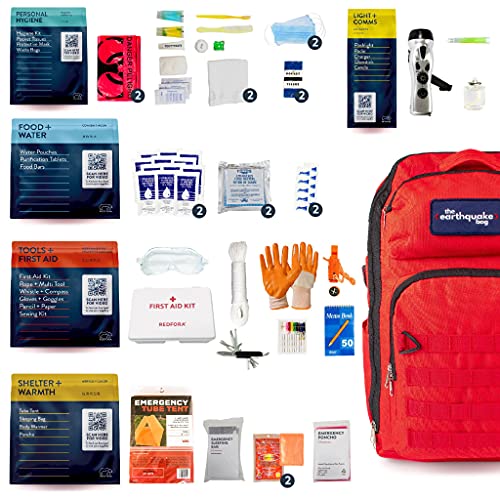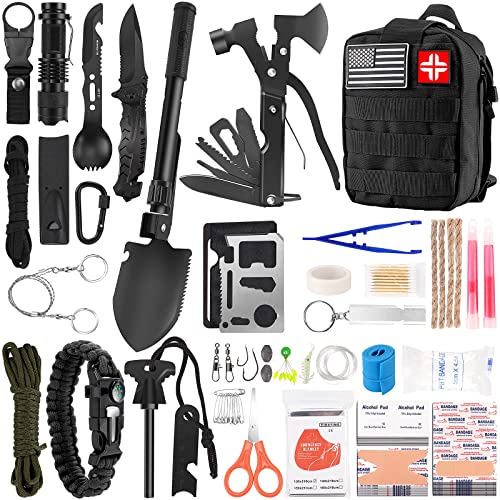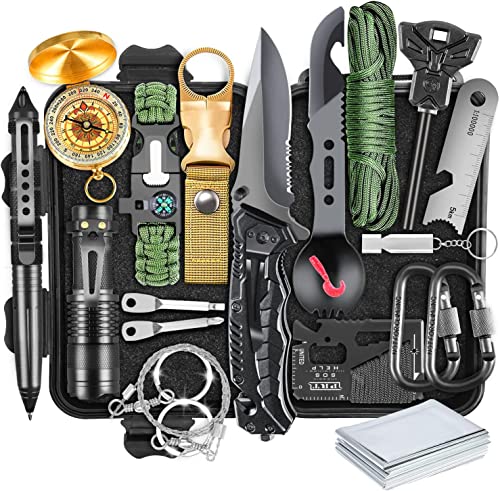The Rise of Prepping in the United States: A Comprehensive Overview
In recent years, the concept of "prepping" has transcended from niche subcultures to mainstream consciousness in the United States. Prepping, or preparing for various catastrophic events, has grown significantly, driven by a range of factors from natural disasters to socio-political uncertainties. This article explores the evolution of prepping, the communities it has fostered, the motivations behind it, and the tangible aspects of being prepared.
The Growth of Prepper Communities
Prepper communities have become more organized and visible, both online and offline. These communities offer a support network where individuals can share knowledge, resources, and strategies for survival.
-
Online Forums and Social Media: Platforms like Reddit, dedicated forums, and social media groups have become hubs for information exchange. Here, preppers discuss everything from basic survival skills to advanced tactics for long-term living without modern amenities.
-
Local Meetups and Events: Across the U.S., preppers organize meetups, workshops, and conventions like the "PrepperCon" in Utah, where enthusiasts gather to learn from experts on topics ranging from homesteading to emergency medical care.
-
Prepper Retreats and Communities: Some have taken their commitment further by establishing or joining intentional communities designed for self-sufficiency. These can range from small, secluded compounds to more structured neighborhoods with shared resources like water wells or guard stations.
Reasons for Becoming Preppers
The motivations for prepping are as diverse as the individuals involved:
-
Natural Disasters: With increasing awareness of climate change, events like hurricanes, wildfires, and floods have prompted many to prepare. The tangible effects of these disasters have proven the unpredictability and severity of nature's wrath.
-
Economic Uncertainty: Economic downturns, job losses, and the potential for financial collapse drive many to stockpile goods and learn self-sufficient skills as a form of insurance against instability.
-
Pandemic Preparedness: The global response to pandemics, particularly the COVID-19 crisis, underscored the fragility of supply chains and healthcare systems, pushing many into the prepping lifestyle.
-
Political and Social Unrest: Concerns over political polarization, potential civil unrest, or even governmental collapse have led some to prepare for scenarios where law and order might break down.
-
Technological Failures: With society's heavy reliance on technology, fears of cyber-attacks, EMP strikes, or grid failures have also contributed to the prepping culture.
Importance of Preparedness
The ethos of prepping is rooted in self-reliance and readiness for any eventuality. Here’s why it's seen as crucial:
-
Survival in Crises: Having supplies and knowledge can mean the difference between life and death in disaster scenarios. Preparedness reduces dependency on external aid, which could be delayed or insufficient during widespread crises.
-
Mental Peace: Knowing one is prepared can alleviate anxiety about potential disasters, providing a psychological buffer against fear.
-
Community Resilience: Preppers often advocate for community preparedness, which can make neighborhoods or even entire regions more resilient to disasters.
-
Personal Responsibility: Prepping emphasizes taking personal responsibility for one's safety and well-being, rather than relying solely on government or external help.
Essential Products for Preppers
While the list of prepping supplies can be extensive, some items are commonly stockpiled by most preppers:
-
Food Storage: Long-shelf-life foods like freeze-dried meals, MREs (Meals Ready to Eat), and canned goods. Preppers often aim for at least a three-month supply, with some going for years.
-
Water Filtration and Storage: Water is critical, leading to investments in filtration systems, purification tablets, and large storage containers.
-
First Aid Kits: Expanded first aid kits with items for wound care, pain management, and emergency medications.
-
Energy Solutions: Solar panels, portable generators, and battery systems to ensure power for lighting, communication, and essential electronics.
-
Shelter and Warmth: Tents, tarps, thermal blankets, and even underground bunkers for those preparing for extreme scenarios.
-
Security Measures: From simple locks to more sophisticated means like firearms for those legally allowed, security is a significant concern.
-
Communication Devices: Two-way radios, ham radios, or satellite phones to maintain communication when traditional networks fail.
-
Tools and Skills: Multi-tools, axes, gardening tools, and learning skills like hunting, fishing, or basic carpentry.
Looking Forward
The rise of prepping in the U.S. reflects broader societal anxieties but also showcases a proactive approach to personal and community resilience. While some view it as an extreme or paranoid lifestyle, others see it as practical foresight.
As we move forward, the prepping community continues to evolve, adapting to new threats and integrating technology to enhance survival strategies. Whether one agrees with the extent of preparation, the underlying principle of being ready for the unexpected holds universal appeal. In a world where change is the only constant, the ethos of prepping – readiness for any scenario – might just be the wisdom that saves us when we least expect it.




